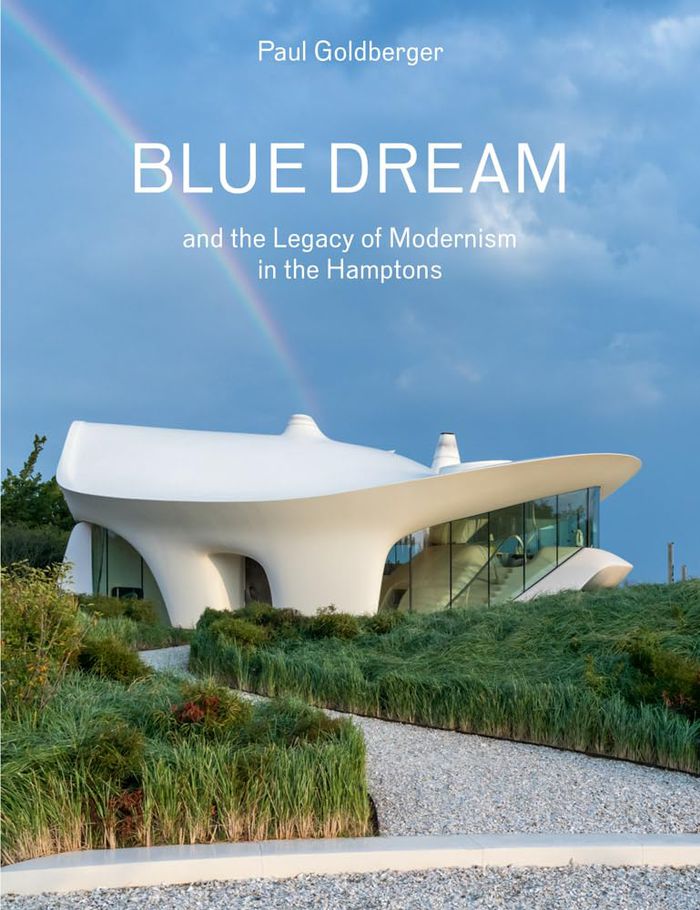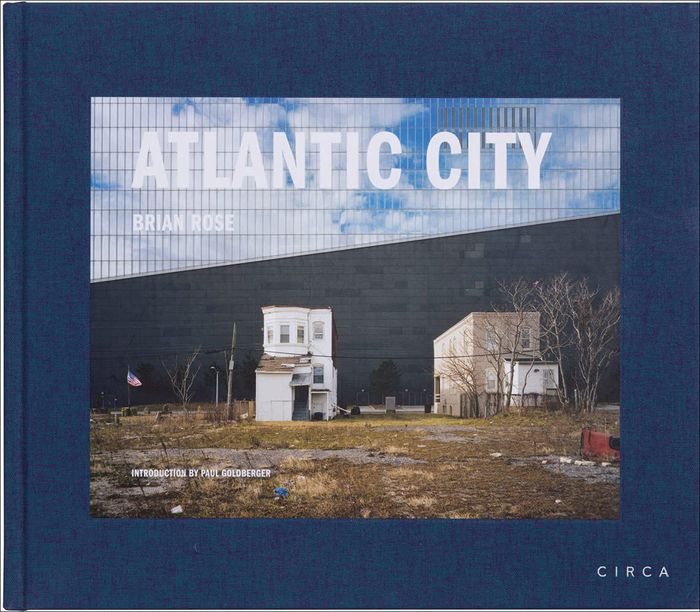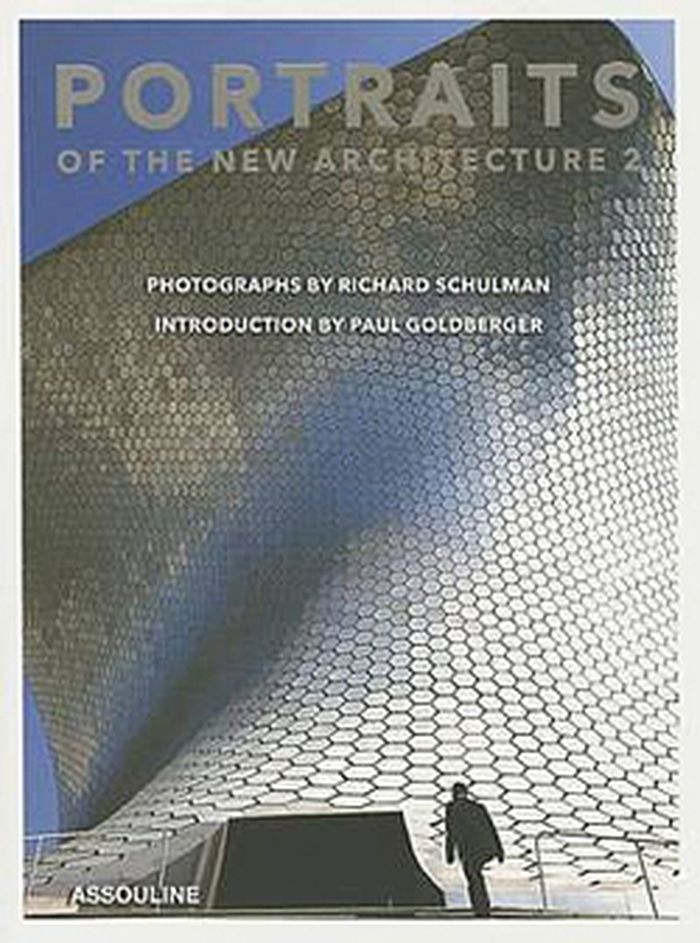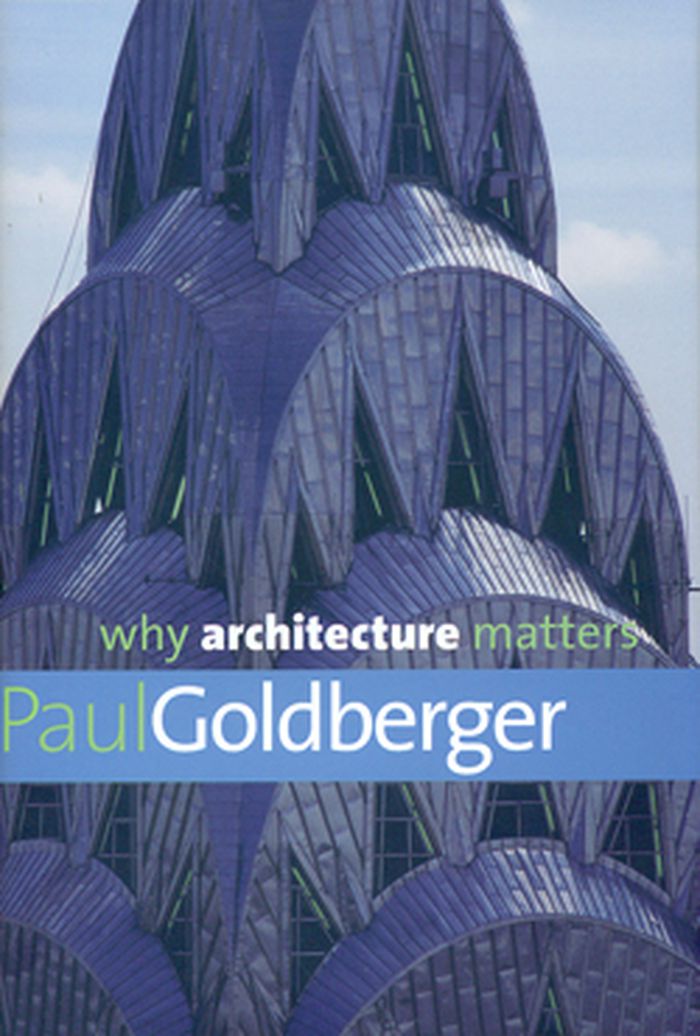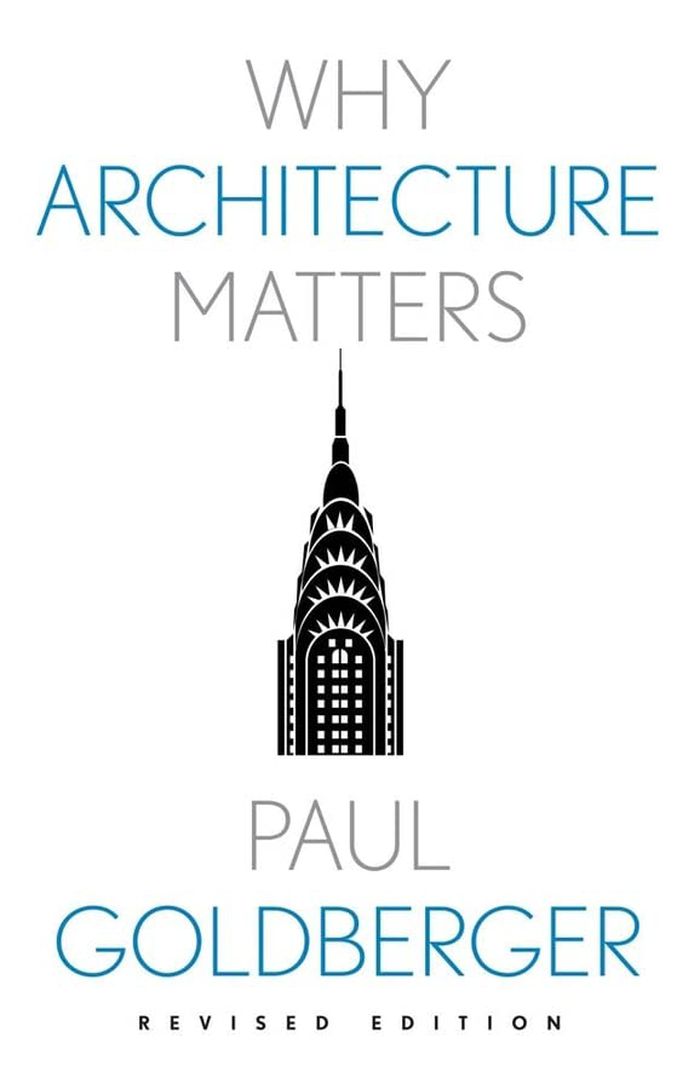$123.00
(available to order)
Summary:
Architecture critic Paul Goldberger tells the story of an extraordinary house on the Atlantic Double Dunes in East Hampton-- ''Blue dream,'' the result of a collaboration between collectors Julie Reyes Taubman and Robert Taubman, architects Diller Scofidio + Renfro, builder Ed Bulgin, landscape architect Michael Boucher and designer Michael Lewis, who sought to renew the(...)
Blue dream and the legacy of modernism in the Hamptons. Diller + Scofidio + Renfro
Actions:
Price:
$123.00
(available to order)
Summary:
Architecture critic Paul Goldberger tells the story of an extraordinary house on the Atlantic Double Dunes in East Hampton-- ''Blue dream,'' the result of a collaboration between collectors Julie Reyes Taubman and Robert Taubman, architects Diller Scofidio + Renfro, builder Ed Bulgin, landscape architect Michael Boucher and designer Michael Lewis, who sought to renew the legacy of modernist architecture and art in the Hamptons. Goldberger offers insight into the complex process by which an architectural idea generated a work that stands as the most striking addition of our time to the roster of architecturally ambitious modernist houses on Long Island. As he notes, "There are relatively few books devoted to the architecture of a single house, but what is clear if you read any of them is that they are stories about clients as much as about architects." So it is with ''Blue dream.'' The Taubmans were inspired by the avant-garde spirit of artists and architects who settled and worked in the Hamptons and set out to create a house like no other, a house whose complex curving forms could only be built using the composite material used to make fighter jets. Iwan Baan's photographic portfolio documents ''Blue dream'' across four seasons. Goldberger’s text is illustrated with images of earlier modernist houses that inspired the project, as well as documentation of the design process involved in the making of ''Blue dream'' itself.
Architecture Monographs
books
Gwathmey Siegel houses
$100.00
(available to order)
Summary:
Laishly illustrated, this book present twenty-two of the firms residential projects alongside essays by Robert M. Stern and Paul Goldberger.
Architecture Monographs
March 2000, New York
Gwathmey Siegel houses
Actions:
Price:
$100.00
(available to order)
Summary:
Laishly illustrated, this book present twenty-two of the firms residential projects alongside essays by Robert M. Stern and Paul Goldberger.
books
March 2000, New York
Architecture Monographs
books
$19.95
(available in store)
Summary:
Since the early 1990s, the American artist Frank Stella (b. 1936) has designed various architectural structures, including a band shell, pavilions, and museums. This book demonstrates how Stella’s formal concerns have evolved from paintings to wall reliefs to freestanding sculptures that extend into architecture. Included are illustrations of the 25 works in the(...)
Frank Stella : painting into archtiecture
Actions:
Price:
$19.95
(available in store)
Summary:
Since the early 1990s, the American artist Frank Stella (b. 1936) has designed various architectural structures, including a band shell, pavilions, and museums. This book demonstrates how Stella’s formal concerns have evolved from paintings to wall reliefs to freestanding sculptures that extend into architecture. Included are illustrations of the 25 works in the accompanying exhibition that range from small models to a portion of a building at full scale. Photographs of works by architects who have influenced Stella are also featured.
books
August 2007, New York, New Haven, London
Models
Brian Rose: Atlantic City
$33.00
(available to order)
Summary:
Atlantic City was born in the mid-nineteenth century and grew so big, so fast, that it captured the American imagination. It was "the World's Playground". Its hotels were the largest and finest, its nightclubs legendary, its boardwalk an endless promenade. And then, as it began to fade, the casinos came. And instead of reviving the city they killed it. Chief among the(...)
Brian Rose: Atlantic City
Actions:
Price:
$33.00
(available to order)
Summary:
Atlantic City was born in the mid-nineteenth century and grew so big, so fast, that it captured the American imagination. It was "the World's Playground". Its hotels were the largest and finest, its nightclubs legendary, its boardwalk an endless promenade. And then, as it began to fade, the casinos came. And instead of reviving the city they killed it. Chief among the villains in this piece is Donald J Trump, who built his casinos on dunes of debt and bled them into bankruptcy. On the presidential campaign trail Trump boasted of his "success" in Atlantic City, how he had outwitted Wall Street and leveraged his own name for riches. He would do for America what he had done for Atlantic City, he said. And so it came to be. Brian Rose has documented what remains of the city in the aftermath of the casino explosion. The images are haunting. Atlantic City may never recover.
Photography monographs
$68.95
(available to order)
Summary:
When officially announced in 2015 that the Four Seasons Hotel restaurant and bar was closing, one could hear a gasp of disbelief around the world. The bastion of power lunches and the stunning elegance of Philip Johnson's 1959 interiors in Mies van der Rohe's landmark Seagram Building was over, to be disassembled and auctioned off. The only solace is that respected(...)
Philip Johnson, Mies van der Rohe: The Four Seasons restaurant
Actions:
Price:
$68.95
(available to order)
Summary:
When officially announced in 2015 that the Four Seasons Hotel restaurant and bar was closing, one could hear a gasp of disbelief around the world. The bastion of power lunches and the stunning elegance of Philip Johnson's 1959 interiors in Mies van der Rohe's landmark Seagram Building was over, to be disassembled and auctioned off. The only solace is that respected auction house Wright, was chosen to disperse the treasure trove of classic mid-century modern furniture and objects into new and loving hands. This slender catalog creates an invaluable record of all the items that made the restaurant memorable and adored. From custom furniture by Mies and Johnson with Knoll to Hans Wegner's The Chair, tableware designed by L. Garth and Ada Louis Huxtable to Saarinen's tulip tables and chairs, one can see why dining felt so special. Essays by architectural critic Paul Goldberger, food journalist Alan Richman and Vanity Fair editor-in-chief Graydon Carter plus historical photos make for an vital tribute.
Architecture Monographs
$47.00
(available to order)
Summary:
A new look at the history of baseball, told through the stories of the vibrant and ever-changing ballparks where the game was and is staged. In the changing locations and architecture of our ballparks, architectural critic Paul Goldberger reveals the manifestations of a changing society.
Ballpark: baseball in the American city
Actions:
Price:
$47.00
(available to order)
Summary:
A new look at the history of baseball, told through the stories of the vibrant and ever-changing ballparks where the game was and is staged. In the changing locations and architecture of our ballparks, architectural critic Paul Goldberger reveals the manifestations of a changing society.
Commercial interiors, Building types
$75.00
(available to order)
Summary:
The second in a series, Portraits of the New Architecture 2 introduces thirty-two contemporary architects and architectural firms, including David Adjaye, Asymptote, Tatiana Bilbao, Annabelle Selldorf, and Dominique Perrault. This volume features Richard Schulman’s architect portraits and photographs of the architects’ projects, as well as sketches and designs, and an(...)
Contemporary Architecture
November 2015
Portraits of the new architecture 2
Actions:
Price:
$75.00
(available to order)
Summary:
The second in a series, Portraits of the New Architecture 2 introduces thirty-two contemporary architects and architectural firms, including David Adjaye, Asymptote, Tatiana Bilbao, Annabelle Selldorf, and Dominique Perrault. This volume features Richard Schulman’s architect portraits and photographs of the architects’ projects, as well as sketches and designs, and an introduction by critic Paul Goldberger.
Contemporary Architecture
Why architecture matters
$28.99
(available to order)
Summary:
This book is not a work of architectural history or a guide to the styles or an architectural dictionary, though it contains elements of all three. The purpose of this book is to 'come to grips with how things feel to us when we stand before them, with how architecture affects us emotionally as well as intellectually' - with its impact on our lives. 'Architecture begins(...)
Why architecture matters
Actions:
Price:
$28.99
(available to order)
Summary:
This book is not a work of architectural history or a guide to the styles or an architectural dictionary, though it contains elements of all three. The purpose of this book is to 'come to grips with how things feel to us when we stand before them, with how architecture affects us emotionally as well as intellectually' - with its impact on our lives. 'Architecture begins to matter', writes Paul Goldberger, 'when it brings delight and sadness and perplexity and awe along with a roof over our heads'.
Architectural Theory
$26.00
(available in store)
Summary:
"Architecture begins to matter," writes Paul Goldberger, "when it brings delight and sadness and perplexity and awe along with a roof over our heads." In this book, he shows us how that works in examples ranging from a small Cape Cod cottage to the Guggenheim Bilbao. In his afterword to this new edition, Goldberger addresses the current climate in architectural history(...)
Why architecture matters, 3rd edition
Actions:
Price:
$26.00
(available in store)
Summary:
"Architecture begins to matter," writes Paul Goldberger, "when it brings delight and sadness and perplexity and awe along with a roof over our heads." In this book, he shows us how that works in examples ranging from a small Cape Cod cottage to the Guggenheim Bilbao. In his afterword to this new edition, Goldberger addresses the current climate in architectural history and takes a more nuanced look at projects such as Thomas Jefferson’s academical village at the University of Virginia and figures including Philip Johnson, whose controversial status has been the topic of much recent discourse. He argues that the emotional impact of great architecture remains vital, even as he welcomes the shift in the field to an increased emphasis on social justice and sustainability.
Guides
$28.95
(available to order)
Summary:
Philip Johnson designed some of America's greatest modern architectural landmarks--most notably the Glass House. This new publication, with a foreword by Paul Goldberger and essay by Philip Johnson, presents an exclusive tour of the Glass House, its grounds, treasures, and patrons, and honors the legacy of one of modern architecture's most famous creations.
Philip Johnson: The glass house
Actions:
Price:
$28.95
(available to order)
Summary:
Philip Johnson designed some of America's greatest modern architectural landmarks--most notably the Glass House. This new publication, with a foreword by Paul Goldberger and essay by Philip Johnson, presents an exclusive tour of the Glass House, its grounds, treasures, and patrons, and honors the legacy of one of modern architecture's most famous creations.
Architecture Monographs
